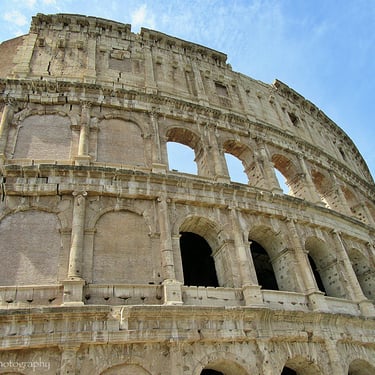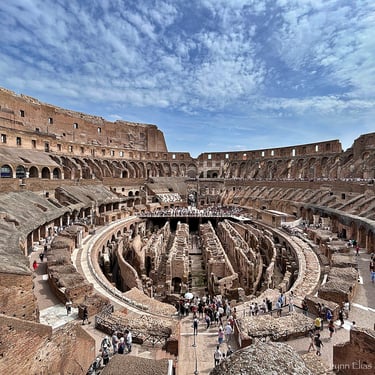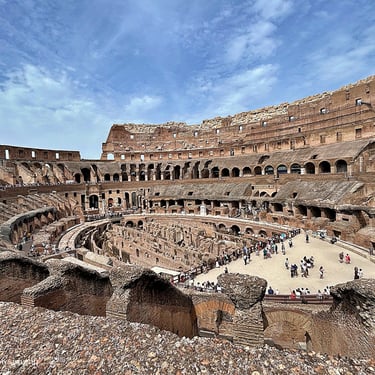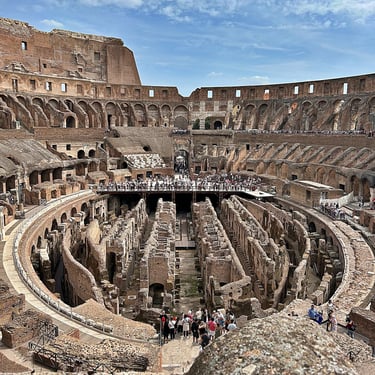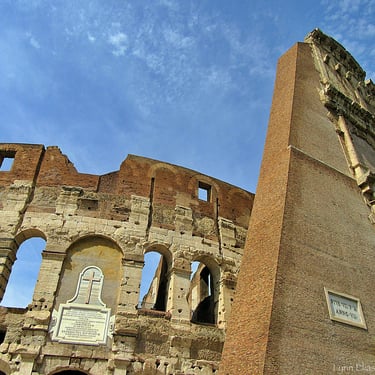CHECK OUT MY NEW BLOG!!!
Italy Series #3 - Exploring the Majestic History and Architecture of the Colosseum
Lynn Elias
10/8/20252 min read
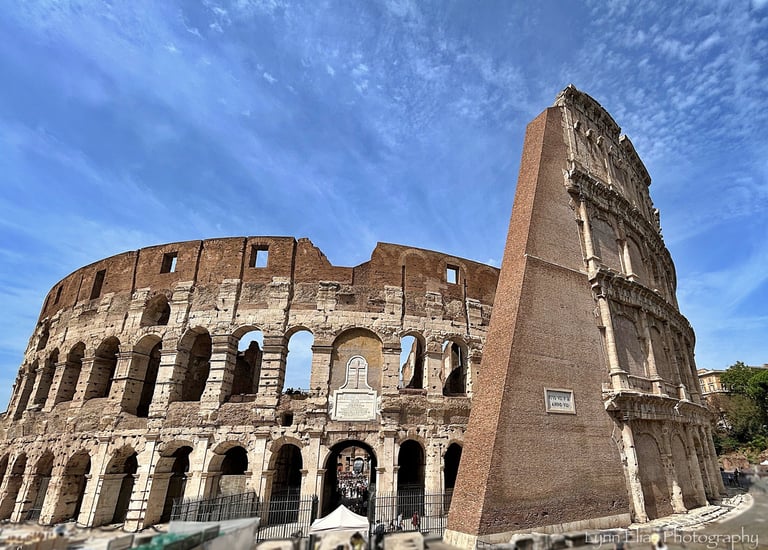

Next stop in Rome... The Colosseum! Andiamo!
The Colosseum: A Glimpse into History
The Colosseum, an iconic symbol of ancient Rome, has stood the test of time for nearly two millennia. Completed in AD 80 under the reign of Emperor Titus, this grand amphitheater was designed to host a variety of public spectacles, including gladiatorial contests, animal hunts, and mock sea battles. Its immense scale and architectural innovation have made it a remarkable feat of engineering, attracting millions of visitors each year.
Architectural Wonders of the Colosseum
Constructed predominantly from travertine limestone, tuff, and brick, the Colosseum showcases an impressive combination of materials that have contributed to its durability. The stones used in its construction were sourced primarily from nearby quarries, including the famous Tivoli, renowned for its quality travertine. These materials were expertly assembled to create a structure that could hold up to 50,000 spectators, revealing the ingenuity of Roman architecture.
Exploring the Caverns Beneath the Arena
One of the most intriguing aspects of the Colosseum is its underground structure, known as the hypogeum. This complex network of tunnels and chambers served as the bustling backstage of the arena. It housed animals, gladiators, and the necessary equipment for the grand performances that took place above. The hypogeum was an essential element of the Colosseum, allowing for seamless transitions and surprise elements during events.
Visitors to the Colosseum can marvel at these ancient caverns that are integral to understanding the amphitheater's history. They provide a fascinating glimpse into how the Romans organized their large-scale events, preparing for the dramatic spectacles that captivated audiences of the time.
In its prime, the Colosseum was adorned with vibrant decorations and was even capable of being flooded for naval battles. Though much of its grandeur has faded, the remaining architecture continues to evoke amazement. I can see why photographers flock to capture the Colosseum's iconic façade and intricate details, making it one of the most photographed sites in the world. I truly enjoyed touring it and photographing it!
This architectural marvel serves as a testament to the creativity and resourcefulness of ancient Roman civilization. Every stone tells a story, offering insights into the engineering skills and cultural practices of the time. The Colosseum is not only a historical monument but a symbol of the enduring legacy of Rome.

